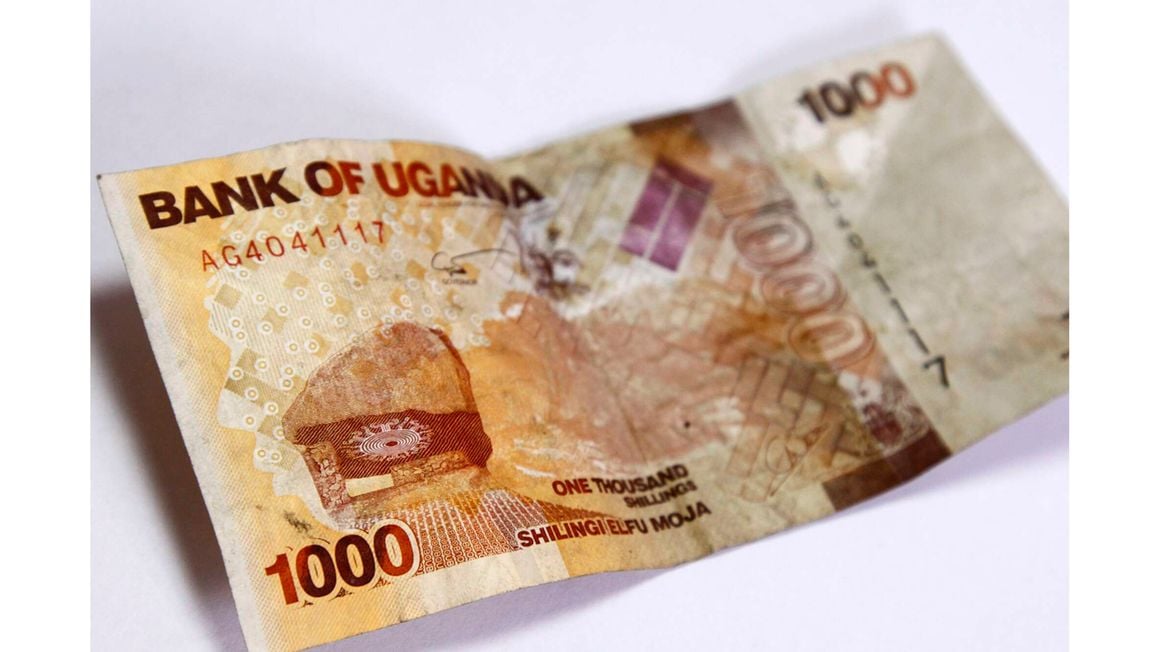
In a bid to streamline its currency and reduce printing costs, Uganda is contemplating phasing out its 1,000-shilling banknotes and replacing them with coins.
The decision comes after a comprehensive cost-benefit analysis, as revealed in a letter published in the June International Monetary Fund (IMF) Fourth Review for Uganda. The letter was jointly sent to IMF Managing Director Ms. Kristalina Georgieva by Finance Minister Matia Kasiaja and Bank of Uganda's Director of Research & Policy, Adam Mugume.
The rising costs associated with printing banknotes have prompted the Ugandan authorities to consider alternative approaches to managing their currency. According to the letter, printing expenses for banknotes have been on the rise, necessitating a closer examination of which denominations could be more efficiently replaced with coins.
The Finance Minister and Bank of Uganda's Director of Research & Policy stated in the letter, "Given high currency printing costs, we have conducted a market study to compare printing costs, and a cost-benefit analysis of replacing low denomination banknotes with coins."
Dr. Adam Mugume elaborated on the plan, disclosing that the initial focus will be on phasing out the 1,000-shilling paper note, with potential consideration for other denominations later on. He explained that the 1,000-shilling notes, extensively used in everyday transactions, tend to deteriorate quickly and become heavily soiled, rendering them unusable and shortening their lifespan. Frequent reprints have been necessary, leading to significant printing expenses relative to their relatively low value.
"The entire Ush1,000 note will be gradually withdrawn. We have to reprint them frequently, yet the cost of printing relative to value is quite high" said Dr. Mugume
Underlining the need for the transition, he also noted a procurement process for the same had already been put in place.











